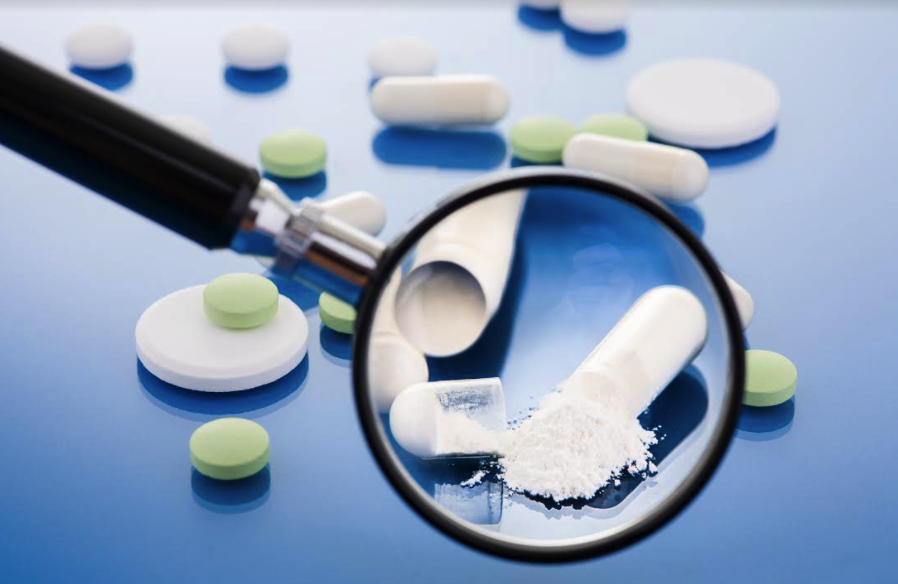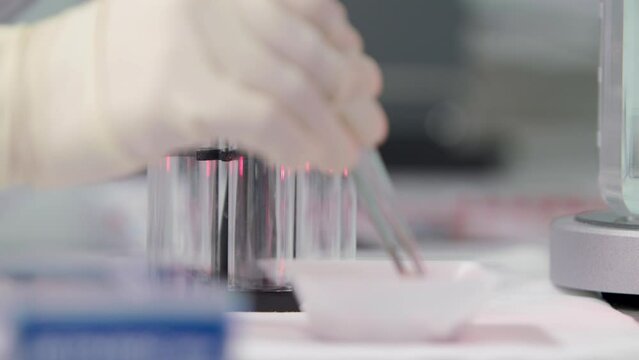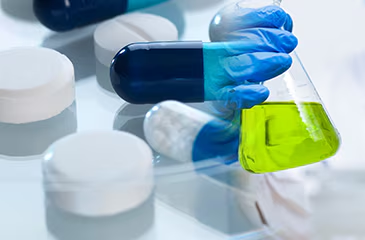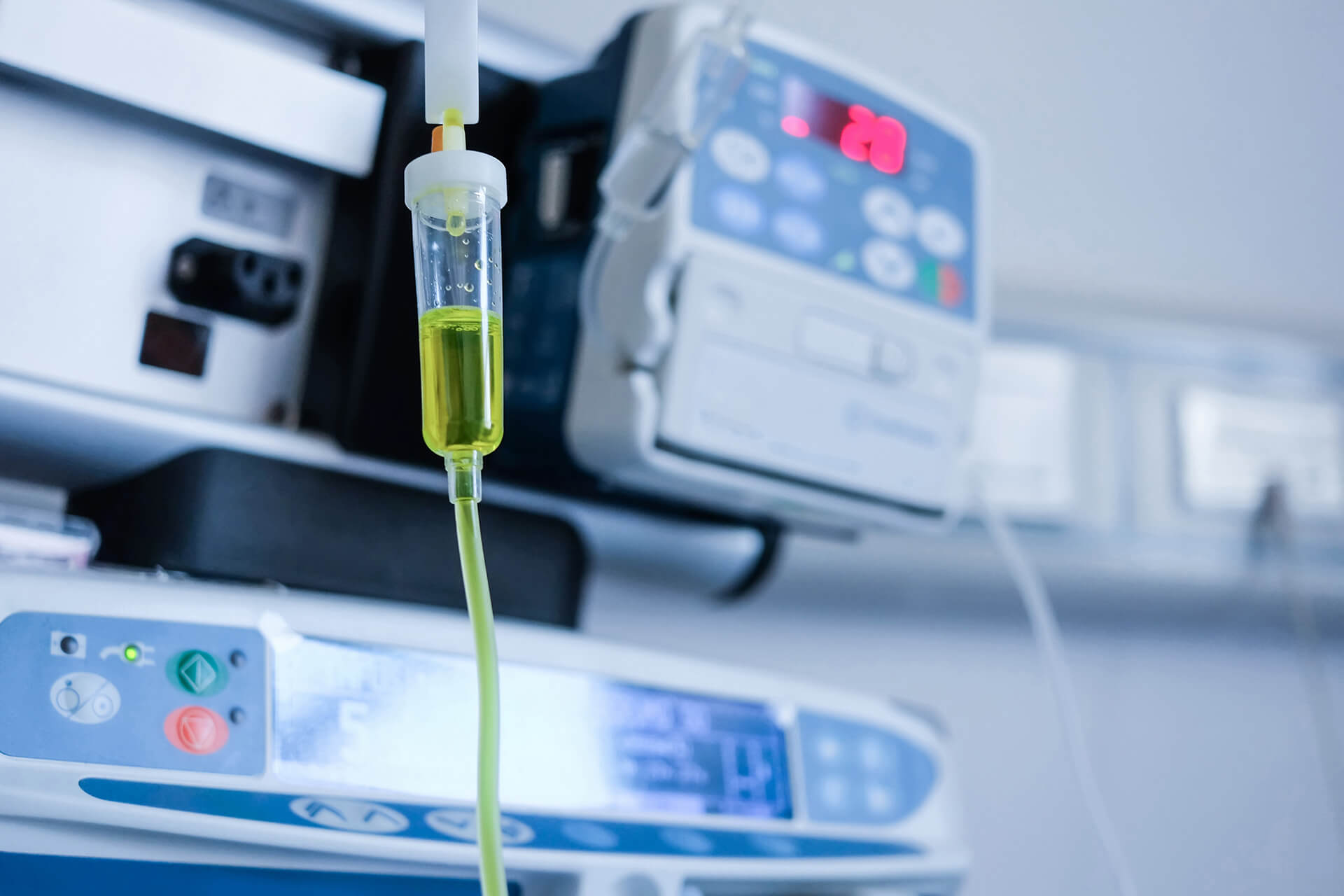
Dissolution
Dissolution testing is the measurement of how quickly an orally administered drug (e.g. tablet) dissolves and releases a drug. Analytical measurements by UV spectroscopy or HPLC analysis are made at specific time points to determine rates of release.




Dissolution testing
In the pharmaceutical industry, drug dissolution testing is routinely used to provide critical in vitro drug release information for both quality control purposes, i.e., to assess batch-to-batch consistency of solid oral dosage forms such as tablets, and drug development, i.e., to predict in vivo drug release profiles. There are three typical situations where dissolution testing plays a vital role: formulation and optimization decisions: during product development, for products where dissolution performance is a critical quality attribute, both the product formulation and the manufacturing process are optimized based on achieving specific dissolution targets. Equivalence decisions: during generic product development, and also when implementing post-approval process or formulation changes, similarity of in vitro dissolution profiles between the reference product and its generic or modified version are one of the key requirements for regulatory approval decisions. Product compliance and release decisions: during routine manufacturing, dissolution outcomes are very often one of the criteria used to make product release decisions.
The main objective of developing and evaluating an IVIVC is to establish the dissolution test as a surrogate for human studies, as stated by the (FDA). Analytical data from drug dissolution testing are sufficient in many cases to establish safety and efficacy of a drug product without in vivo tests, following minor formulation and manufacturing changes (Qureshi and Shabnam, 2001). Thus, the dissolution testing which is conducted in dissolution apparatus must be able to provide accurate and reproducible results.










